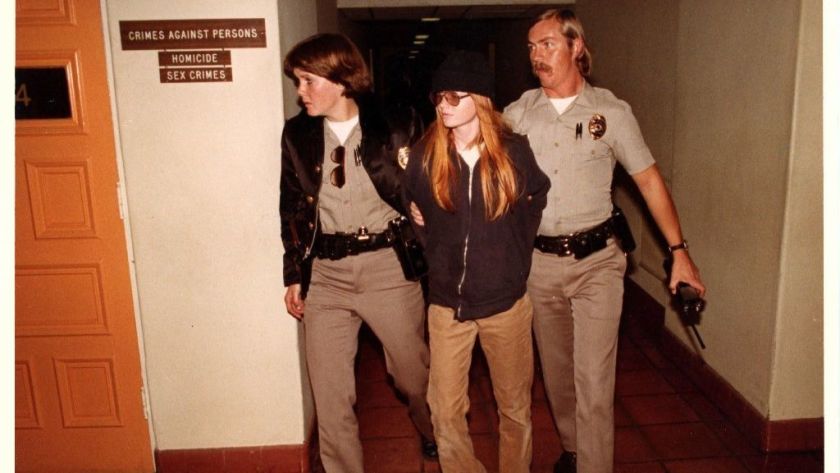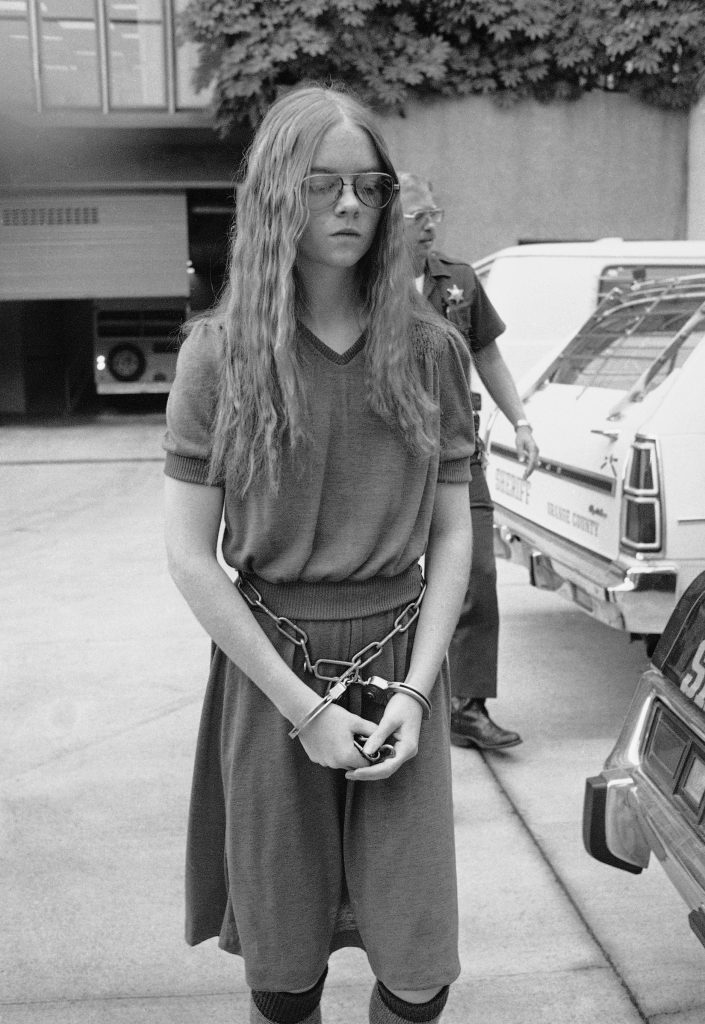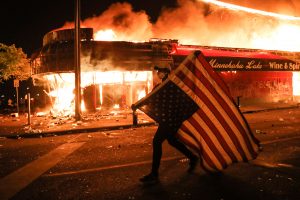“I Don’t Like Mondays:”
Mondays. You hate ’em, right? While most of us despise going back to the grind, it’s an unpleasantry that most just deal with from the time they are in grade school up until they retire from their jobs. And while most often contemplate a variety of sick scenarios where they take out their Monday morning frustrations on their co-workers, bosses and schoolmates, 99.9% of people do not ever act upon these impulses. .01%, however, do act upon their twisted thoughts of random acts of violence.
Over the last two decades, schools have become a frequent target for these acts of cowardice. The one event that most commentators look back at is the Columbine High School Massacre in Littleton, Colorado on April 20, 1999: teenagers Eric Harris and Dylan Klebold killed 12 students, one teacher, and injured 21 others before taking their own lives in a premeditated shooting.
Prior to Columbine, shootings in schools had, in many cases, been perpetrated by boys in their early teens who often had a clear – though often petty – motive such as a teacher they did not like them or a dispute with a girlfriend. These incidents often involved one or two victims. The few cases that had been classified as mass shootings had taken place on college campuses, such as the 1966 University of Texas tower shooting, or had been perpetrated against children by adults. There had not been a precedent for a mass shooting of students by students… or had there?
When discussing the tragic phenomena of school shootings, we most often hear about murders carried out by radicalized males. Very few mention the name of Brenda Ann Spencer, a 16-year-old girl who carried out one of the first school shootings 20 years before Columbine.
On January 29, 1979, in what became known as The Grover Cleveland Elementary School shooting, Brenda Ann Spencer opened fire on the school from her house across the street with a Ruger 10/22 semi-automatic .22 caliber rifle (the rifle had been a Christmas gift from her alcoholic father). Using a telescopic sight, Spencer fatally shot the school’s principal and janitor, and wounded 8 children as well as a police officer.
A Standoff ensued, and while barricaded in her bedroom, she was asked by a reporter over the phone about her motive. “I don’t like Mondays,” she said. “This livens up the day…I shot a pig [a policeman], I think, and I want to shoot more.” Eventually, she was coaxed into surrendering by police negotiators with the promise of a meal from Burger King.
“It was fun to watch the children that had red and blue ski jackets on,” she told investigators, “as they made perfect targets… It was a lot of fun seeing children shot. [I] liked to watch them squirm around after.”
Spencer was tried as an adult and on the day after her 18th birthday was sentenced to 25 years to live in Prison. Subsequent evaluations have shown that Spencer exhibited a variety of warning signs prior to the incident. Having grown up in poverty, prior to shooting she spoke of killing police officers in order to get on television and was reportedly suicidal. “I asked for a radio and he bought me a gun.” Spencer later said when asked why her father bought her a rifle for Christmas. “I felt like he wanted me to kill myself.” She has since added to her story during parole hearings that she had taken PCP and hallucinated commandos outside her house on the morning of the shooting and also that she had been sexually abused by her father. These claims have been met with skepticism. As of 2020, Spencer remains incarcerated.
The Boomtown Rats: “I Don’t Like Mondays”
In the summer of 1979, Irish rock band The Boomtown Rats scored a hit with “I Don’t Like Mondays,” a rock ballad inspired by Brenda Ann Spencer. Spencer later wrote the band and thanked them for making her famous.



